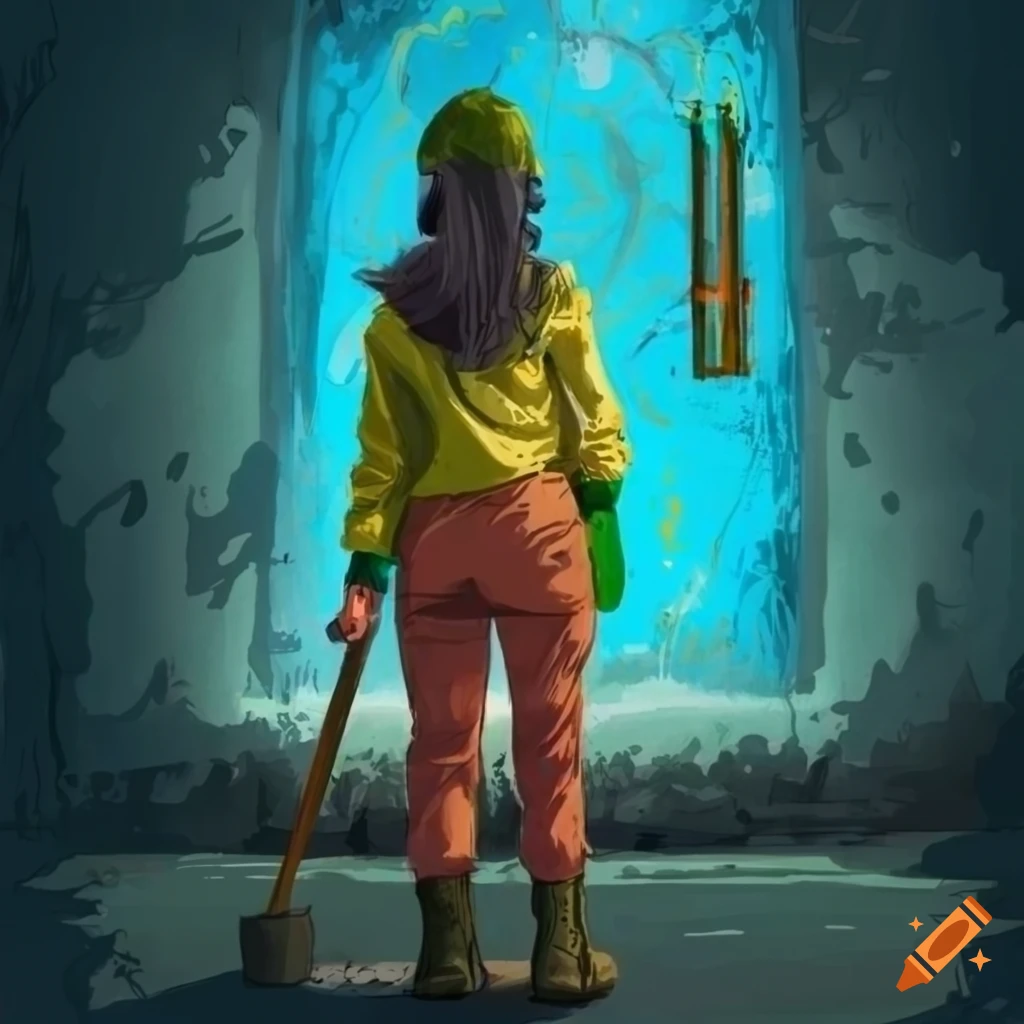Digging in the past to pave the way for the future: nuclear archaeology and irreversible nuclear disarmament.
By Sophie Kretzschmar. There is a strange concurrence of fundamentally different developments in the world today regarding nuclear disarmament: On the one hand, nuclear disarmament seems to have taken several steps backwards – nuclear weapon states are increasing and modernizing their nuclear arsenals, and debates about new nuclear arrangements, however unreasonable these discussions are, have entered the discourse. On the other hand, nuclear disarmament seems to have taken a step forward – a treaty banning nuclear weapons, supported by 139 of the world’s 197 states, is in force since 2021, and active work is on the way to implement the treaty. Across these divides, Germany’s stated goal is to build bridges: Nuclear disarmament is postponed, “taking into account the current security environment”, but the “commitment to strive towards a safe world free of nuclear weapons” remains. For the disarmament research community, this confirms the mission: to use this time to develop and prepare tools to support nuclear disarmament.


